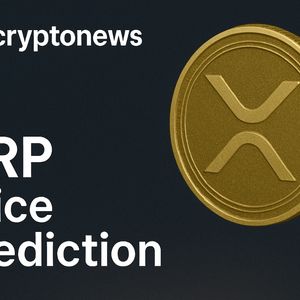The relentless march of Artificial Intelligence (AI) is undeniably transforming industries, but it’s also creating a significant challenge: surging power demand . Ironically, the very technology designed to solve problems is now exacerbating energy consumption issues, particularly for our electrical grid . But fear not, because tech giant Nvidia, in a bold and innovative move, believes AI itself holds the key to unlocking a more resilient and efficient energy future. Can AI Really Fix AI-Driven Power Problems? Nvidia’s recent announcement of a partnership with the Electric Power Research Institute (EPRI) isn’t just another tech collaboration; it’s a strategic alliance aimed at directly addressing the escalating power demand on our electrical grid . The core of this initiative is the Open Power AI Consortium, a collaborative force uniting electrical utilities and tech pioneers like PG&E, Con Edison, Microsoft, and Oracle. Their mission? To harness the power of domain-specific AI models to preemptively solve the looming crises facing the energy sector. This isn’t just about incremental improvements; it’s about fundamentally rethinking how we manage and optimize our electrical grid in the face of exponential growth in data centers and AI applications. The International Energy Agency projects a staggering 4% annual increase in electricity demand, doubling the 2023 figures. This surge is largely attributed to the insatiable appetite of AI for computing power, putting immense strain on existing infrastructure. The Open Power AI Consortium: A Powerful Alliance The consortium boasts an impressive roster of members, signaling the seriousness and scale of this undertaking: Utilities: PG&E, Con Edison, Constellation Energy, Duke Energy, Tennessee Valley Authority, ENOWA (NEOM’s energy and water company) Tech Giants: Nvidia, Microsoft, Oracle Research & Development: EPRI This diverse group is pooling resources and expertise to develop open-source AI models. This open approach is crucial, ensuring that researchers across academia and industry can contribute to and benefit from these advancements, accelerating innovation in energy management. The Race for Power: Tech’s New Competitive Edge In a fascinating turn, energy is no longer just an operational expense; it’s becoming a competitive advantage. Tech companies are in a frantic race to secure generating capacity, realizing that reliable and sustainable power is paramount for their AI ambitions. This scramble has led to a surge in renewable energy contracts, particularly solar, due to its: Low Cost: Solar energy is increasingly cost-competitive with traditional sources. Modularity: Solar installations can be scaled to meet specific needs. Rapid Deployment: Solar projects can be brought online relatively quickly. Microsoft’s recent addition of 475 megawatts of solar power and its anchor investment in a massive $9 billion renewable project underscore this trend. The partnership with Brookfield Asset Management to deploy 10.5 gigawatts of renewable power by 2030 further illustrates the massive scale of investment in sustainable energy solutions. Beyond New Power Sources: Smart Grid Optimization with AI While expanding energy generation is vital, it’s not the only solution. A groundbreaking study reveals that optimizing electrical grid usage through demand management can unlock significant capacity. By strategically curtailing non-essential consumption during peak hours and shifting tasks to off-peak times, a remarkable 76 GB of capacity could be freed up in the U.S. This represents approximately 10% of peak demand – a substantial amount. Imagine AI-powered systems that intelligently manage energy consumption across entire cities, predicting peak demand and proactively adjusting usage. This is the kind of smart grid optimization that the Open Power AI Consortium is likely to explore. AI can analyze vast datasets to identify patterns, predict outages, and optimize energy distribution in real-time, leading to a more stable and efficient electrical grid . The Promise of AI-Driven Energy Solutions Nvidia’s initiative, while seemingly paradoxical – using AI to solve problems caused by AI – is actually a testament to the transformative potential of this technology. By leveraging AI’s analytical and predictive capabilities, we can: Enhance Grid Stability: AI can predict and prevent outages, ensuring a more reliable electrical grid . Optimize Energy Distribution: AI algorithms can dynamically adjust energy flow to meet demand efficiently. Integrate Renewables: AI can help manage the variability of renewable energy sources like solar and wind. Reduce Peak Demand: Smart grids powered by AI can incentivize demand shifting and reduce strain during peak hours. The Open Power AI Consortium represents a critical step towards a future where AI not only drives innovation but also ensures the sustainability of the infrastructure that powers it. As data centers continue to expand and AI applications proliferate, this proactive approach to electrical grid management is not just beneficial; it’s absolutely essential. To learn more about the latest AI trends, explore our articles on key developments shaping AI features.



















